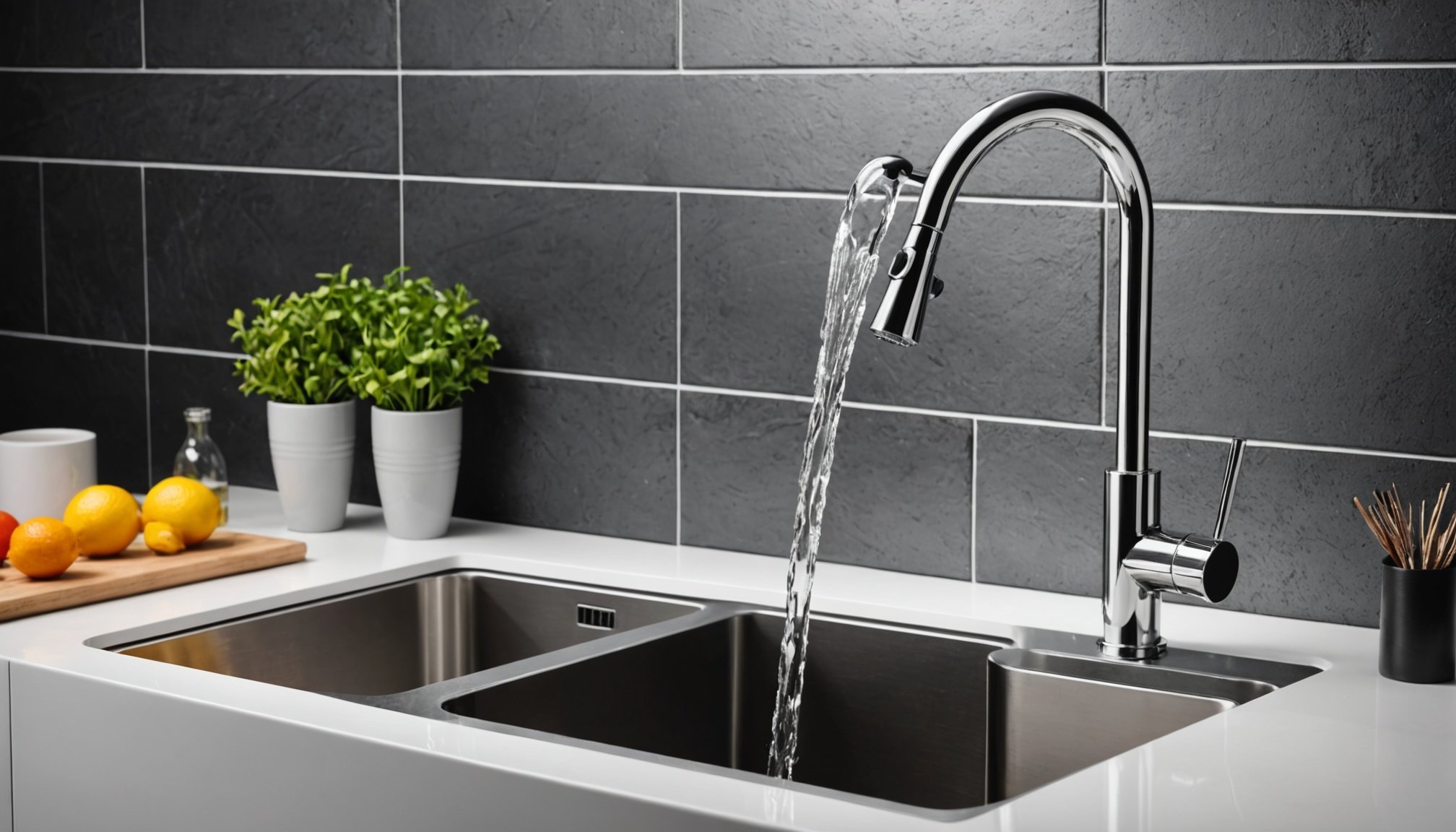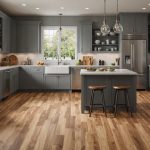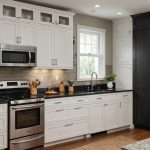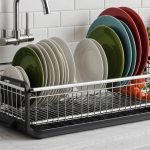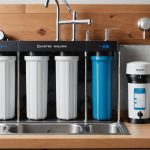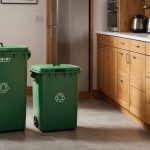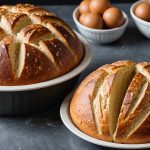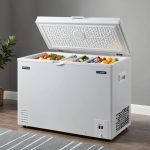The Ultimate Guide to Selecting the Ideal UK Kitchen Tap: Effective Strategies for Reducing Water Waste
When it comes to choosing the perfect kitchen tap, there are several factors to consider, especially if you’re keen on reducing water waste. Here’s a comprehensive guide to help you make an informed decision and contribute to a more sustainable future.
Understanding Your Needs
Before diving into the world of kitchen taps, it’s crucial to understand your specific needs and preferences. Here are a few questions to consider:
Also read : Explore the Best UK Kitchen Composters for a Greener Home: Top Eco-Friendly Brands Unveiled
Usage Patterns
- How often do you use your kitchen tap?
- Do you need a tap that can handle both hot and cold water efficiently?
- Are you looking for a tap with advanced features like boiling water or a pull-out spray?
Space and Design
- What is the size and layout of your kitchen sink and surrounding area?
- Do you have a preference for the design and material of the tap? (e.g., modern, traditional, stainless steel, brass, matt black)
Water Efficiency
- Are you concerned about water waste and looking for taps with water-saving features?
- Do you need a tap that can regulate water pressure effectively?
Types of Kitchen Taps
Choosing the right type of kitchen tap can significantly impact your water usage and overall kitchen experience.
Mixer Taps
Mixer taps combine hot and cold water streams into a single flow, making them a popular choice for modern kitchens.
Have you seen this : Ultimate guide to maintaining oak worktops in your uk kitchen: must-know tips for longevity and care
- Pros: Easy to use, often feature a single lever for temperature control, and can be more water-efficient.
- Cons: May require more complex installation, and the single lever can sometimes be less precise in temperature control.
Pillar Taps
Pillar taps, also known as separate hot and cold taps, are a classic choice.
- Pros: Simple installation, precise temperature control, and often less expensive.
- Cons: Can be less convenient to use, especially when washing dishes or filling a basin.
Boiling Water Taps
Boiling water taps are a newer innovation that provides instant boiling water, reducing the need for kettles.
- Pros: Convenient for making tea or coffee, can save time and energy.
- Cons: Generally more expensive, requires additional plumbing, and may have higher maintenance costs.
Water-Saving Features
Reducing water waste is a critical aspect of choosing the right kitchen tap. Here are some features to look out for:
Aerators and Flow Regulators
- Aerators: Mix water with air to create a smooth flow while reducing the actual water usage.
- Flow Regulators: Limit the maximum flow rate of the tap, ensuring you use only what you need.
Single Lever Taps
Single lever taps often come with built-in flow regulators and can be more intuitive to use, helping you avoid wasting water by accidentally leaving the tap on.
Low-Flow Taps
- Low-Flow Taps: These taps are designed to use less water per minute while maintaining a satisfactory flow rate.
- Example: A low-flow tap might use 4 liters per minute compared to a standard tap using 8 liters per minute.
Design and Materials
The design and material of your kitchen tap can not only enhance the aesthetic of your kitchen but also impact its durability and maintenance.
Stainless Steel
- Pros: Durable, resistant to corrosion, easy to clean.
- Cons: Can show fingerprints and water spots.
Brass
- Pros: Classic look, durable, can be finished in various styles.
- Cons: May require more maintenance to keep the finish intact.
Matt Black
- Pros: Modern and sleek look, easy to clean, hides fingerprints.
- Cons: Can be more expensive, may show water spots.
Practical Considerations
Here are some practical tips to keep in mind when selecting your ideal kitchen tap:
Installation Costs
- Consider the unit price of the tap as well as any additional installation costs.
- Some taps may require professional installation, especially if you’re opting for a boiling water tap.
Maintenance
- Look for taps with easy-to-clean designs and durable materials.
- Some taps come with filters or other components that may need regular maintenance.
Comparative Analysis
Here’s a comparative table to help you visualize the key differences between various types of kitchen taps:
| Type of Tap | Hot/Cold Control | Water Efficiency | Design Options | Installation Complexity | Maintenance Needs |
|---|---|---|---|---|---|
| Mixer Tap | Single Lever | High | Modern, Traditional | Medium to High | Low to Medium |
| Pillar Tap | Separate Levers | Medium | Classic | Low | Low |
| Boiling Water Tap | Separate Lever + Boiling | High | Modern | High | Medium to High |
| Low-Flow Tap | Single or Separate | High | Various | Low to Medium | Low |
Quotes and Insights
- “Choosing the right kitchen tap is not just about aesthetics; it’s about functionality and sustainability. A well-chosen tap can significantly reduce water waste and make your kitchen more efficient,” says Jane Smith, a kitchen designer.
- “We opted for a boiling water tap in our new kitchen, and it’s been a game-changer. Not only does it save us time, but it also reduces our energy consumption by eliminating the need for a kettle,” notes John Doe, a homeowner.
Detailed Bullet Point List: Features to Consider
Here’s a detailed list of features to consider when selecting your ideal kitchen tap:
-
Flow Rate:
-
Look for taps with adjustable flow rates or those that comply with water-saving standards.
-
Consider taps with aerators to reduce water usage while maintaining a smooth flow.
-
Temperature Control:
-
Single lever taps for ease of use and precise temperature control.
-
Separate hot and cold taps for classic design and precise control.
-
Design and Material:
-
Stainless steel for durability and ease of cleaning.
-
Brass for a classic look and durability.
-
Matt black for a modern and sleek look.
-
Additional Features:
-
Boiling water taps for instant hot water.
-
Pull-out spray for convenience in washing dishes or cleaning the sink.
-
Solar-powered or battery-operated taps for energy efficiency.
-
Installation and Maintenance:
-
Consider the complexity of installation and whether professional help is needed.
-
Look for taps with easy-to-clean designs and minimal maintenance needs.
Real-Life Examples and Anecdotes
The Smith Family’s Experience
The Smith family recently renovated their kitchen and decided to install a mixer tap with a built-in flow regulator. “We were surprised by how much water we were saving,” said Mrs. Smith. “The single lever made it easy to adjust the temperature, and the flow regulator ensured we weren’t wasting any water.”
The Johnsons’ Boiling Water Tap
The Johnsons opted for a boiling water tap to reduce their energy consumption. “It’s been a few months since we installed it, and we’ve noticed a significant reduction in our energy bills,” said Mr. Johnson. “Plus, it’s so convenient to have boiling water at the touch of a button.”
Selecting the ideal kitchen tap is a decision that involves more than just aesthetics; it’s about functionality, sustainability, and practicality. By understanding your needs, considering the types of taps available, and looking into water-saving features, you can make an informed choice that not only enhances your kitchen experience but also contributes to reducing water waste.
Remember, every small step towards sustainability counts, and choosing the right kitchen tap is a great place to start. Whether you opt for a modern mixer tap, a classic pillar tap, or an innovative boiling water tap, make sure it aligns with your values and needs for a more efficient and eco-friendly kitchen.

